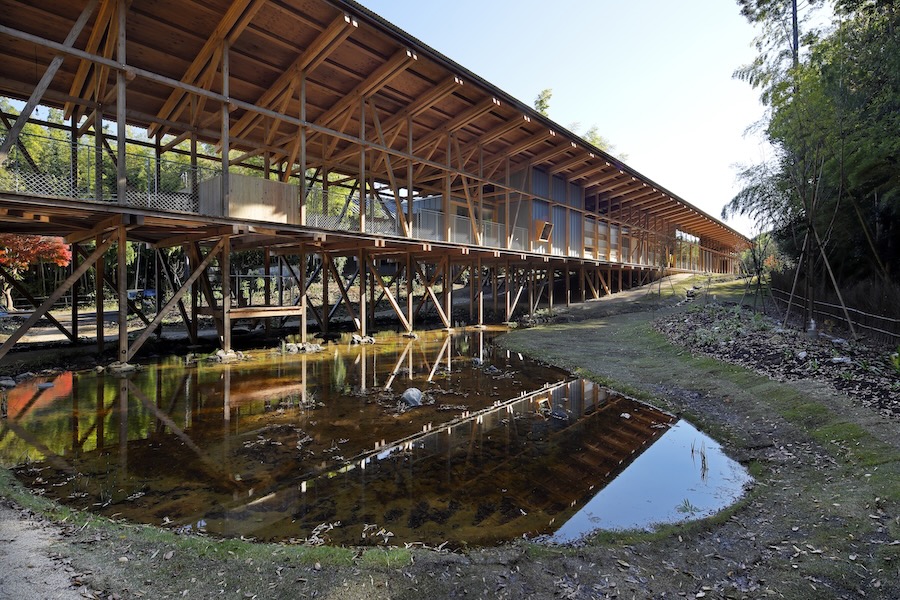
As Japan’s population continues to grow older—one in 10 residents are aged 80 or above—care for the elderly becomes an increasingly important issue. And while elderly populations are typically seen as a burden, there are places around rural Japan that offer glimpses of a more hopeful future. One where innovators and designers are demonstrating what’s possible, not with robotic caregivers, but with a fundamental redesign of what care for the elderly could look like.
advertisement
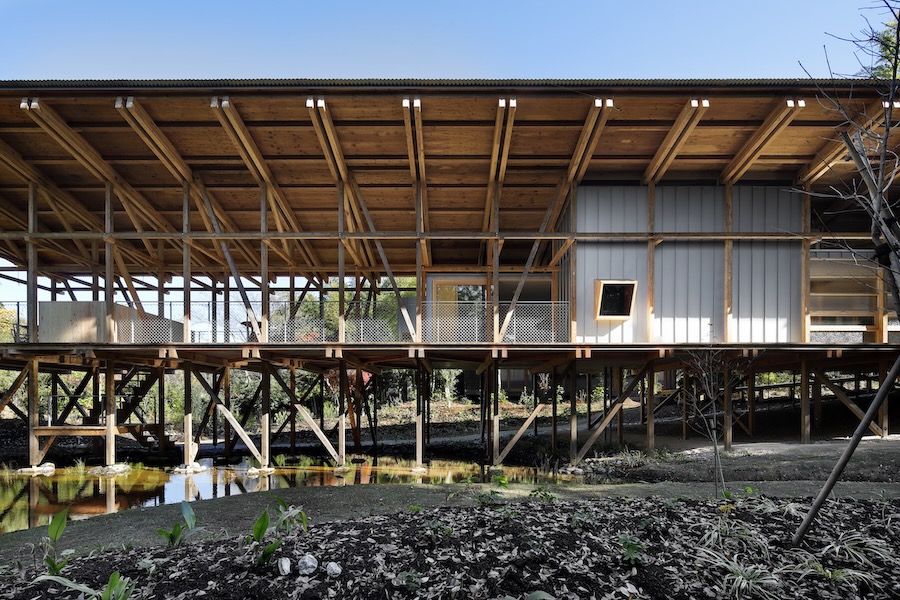
Typical nursing homes have always been highly transactional. Families pay the facility an agreed upon rate and, in turn, the facility looks after them until the end of their life, in a secluded area removed from society. But does this truly allow the elderly to live out their life on their own terms? With dignity and respect? Surely there was another way. That was the thinking that led Mr. Ishii, a caretaker who practices a style of care that allows people to live their lives normally, even with serious conditions like dementia, to establish “Long House with an Engawa.”
Located in Chiba prefecture, “Long House with an Engawa” is defined by a long and narrow veranda inspired by an engawa, an element of traditional Japanese architecture that occupies a liminal space between inside and outside. “The building contains outdoor spaces between three main functions,” explains architect Kentaro Yamazaki. “A café and workshop for local residents, a ‘living room’ for the elderly, and a tatami room and bath that echo a traditional hanare (detached room).”
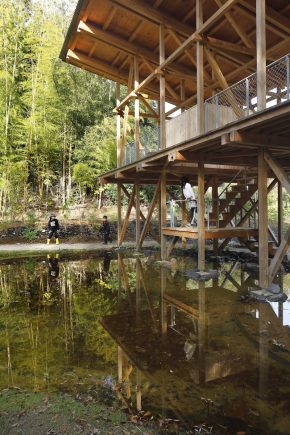
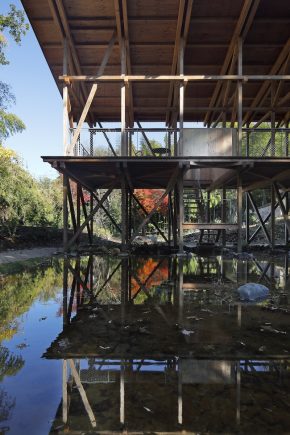
The concept behind the welfare facility is that its a safe space not just for the elderly, but anybody that needs help: single parents, individuals with a disability and even children who refuse to go to school. Children who, for various reasons, don’t have a place at home or at school, are always welcome. In return, they help water the garden, clean the bathroom, and prepare meals.
By acting as a community within a community, the center fosters cooperation and understanding with all groups and generations. “In order for the facility to integrate gradually into the community, the garden pond and bamboo fence were created with the cooperation of local residents,” adds the architect.
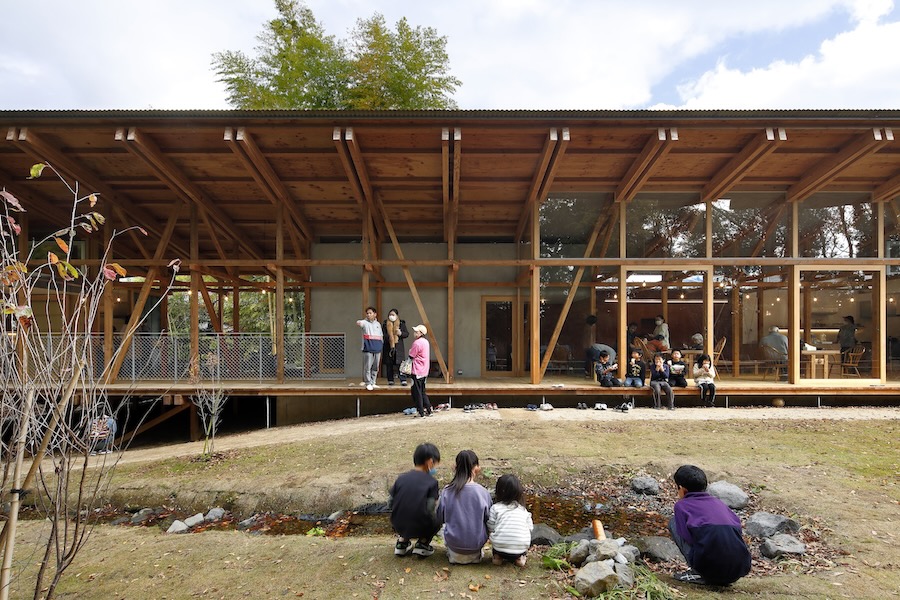
A key feature of Long House with an Engawa is that it meets older people where they are, rather than ask them to conform to an established lifestyle. It helps that Japan has a national health-care system that financially supports new models for medical care such as Ishii’s, but rather than rely just on transactional fees, the center takes on a symbiotic model whose success is rooted in community involvement.
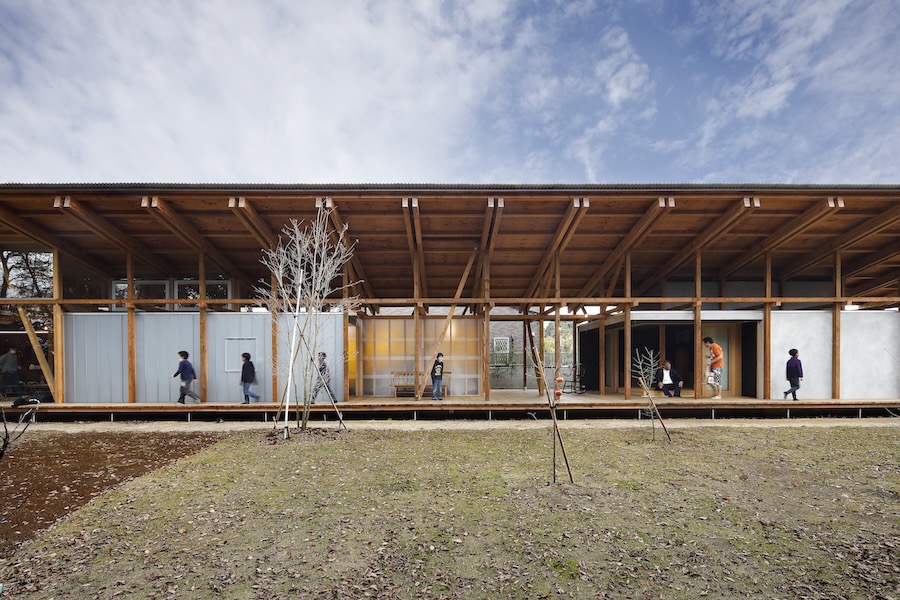
Long House with an Engawa has already begun to receive recognition from the design community. It was recently nominated as a finalist for the 2023 Good Design Awards. As one of the award jurors observed, problems don’t always require hi-tech solutions. “The elderly are not only supported, but watch over children. Children help the adults. Everyone helps each other. It reminds us of old times.”
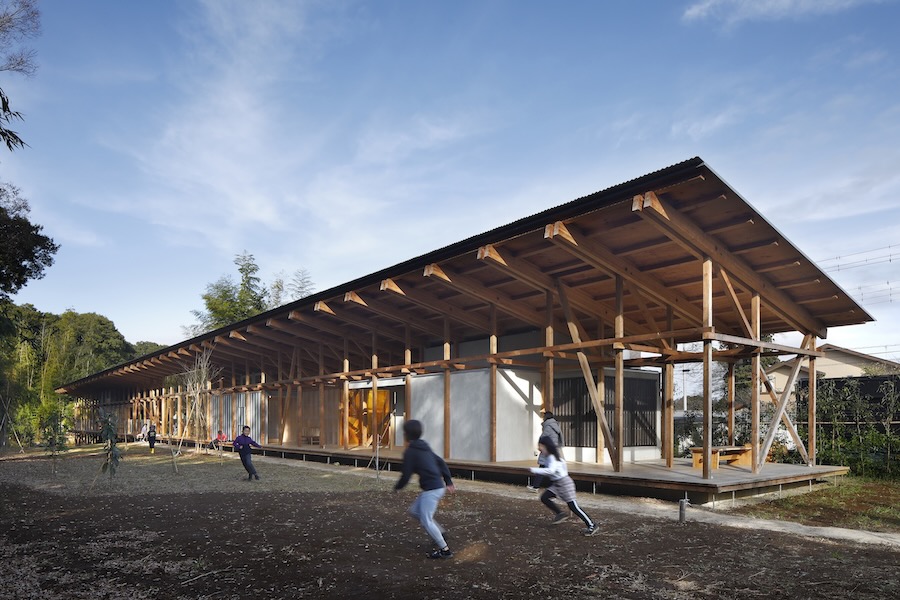
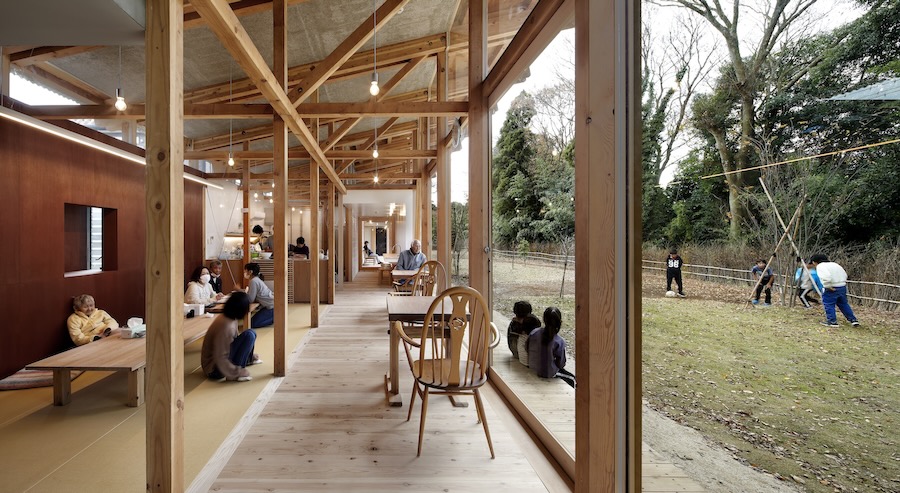
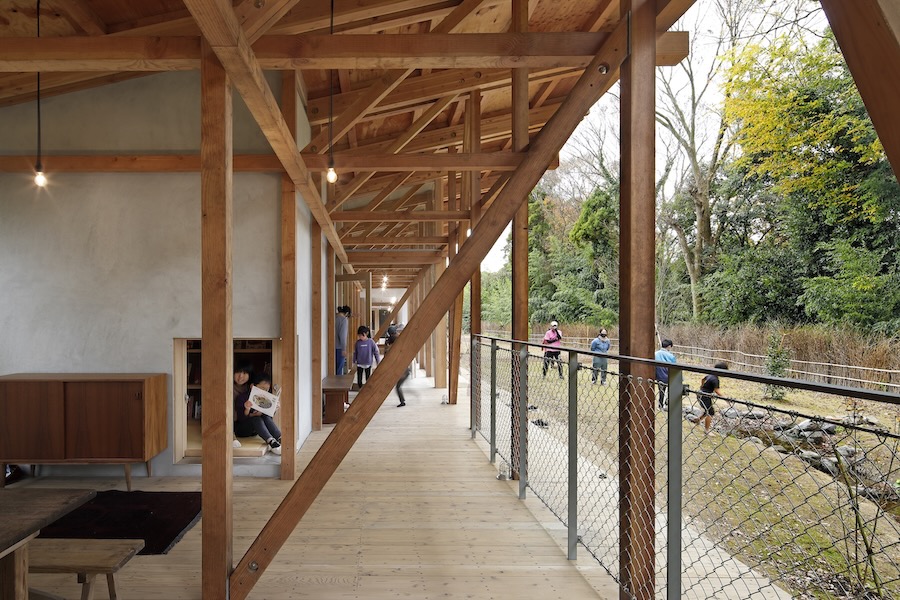
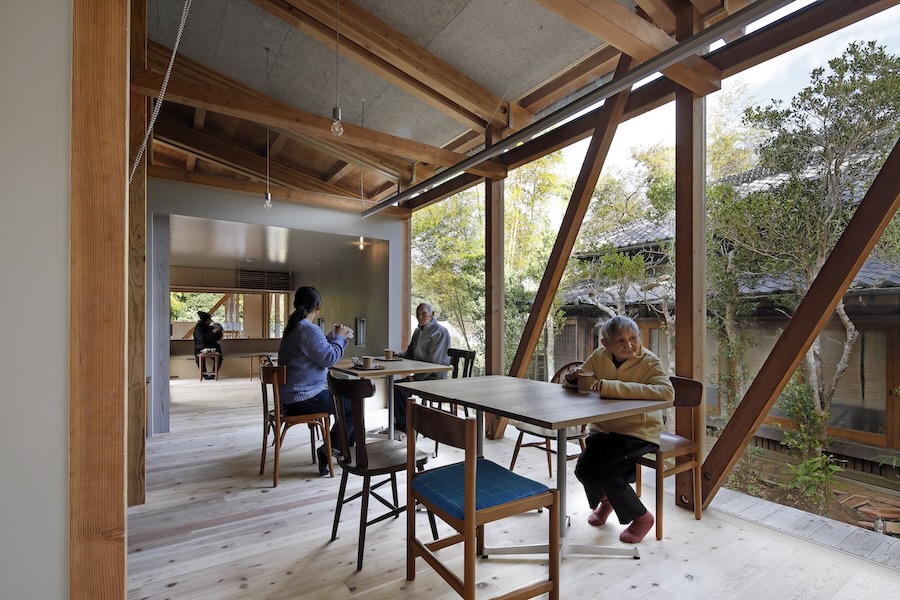
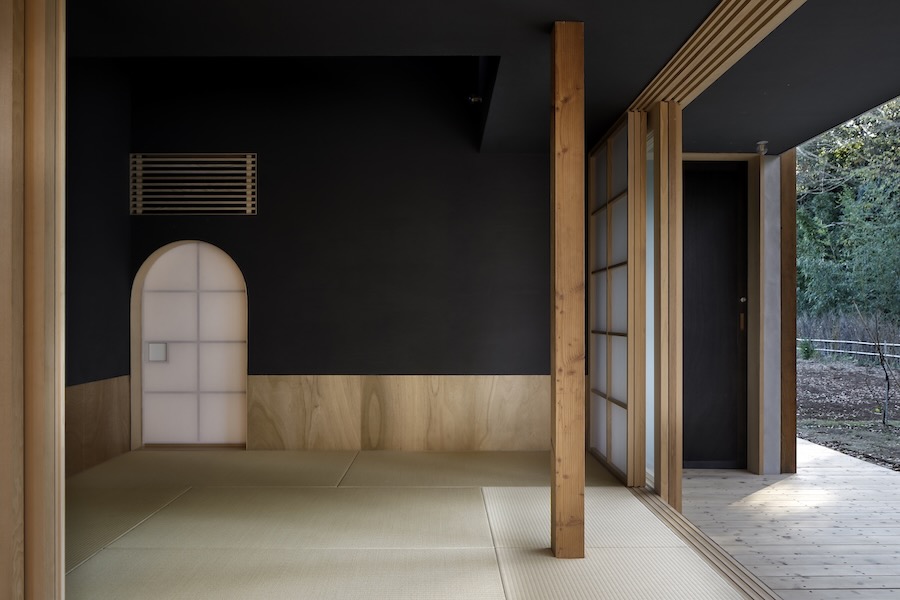
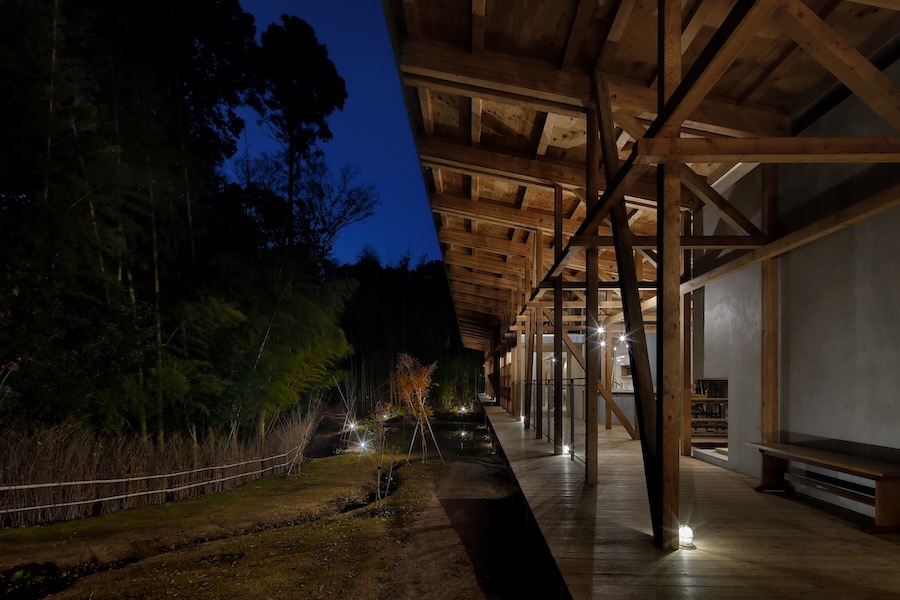


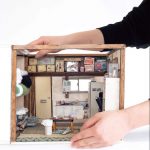
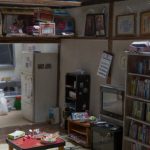



















October 28, 2023 at 2:29 pm
Why are the chairs so high? The elderly woman looks extremely uncomfortable.
October 28, 2023 at 5:49 pm
It seems very inviting for three seasons, but what about during the bitter Winter? Most of the elderly don’t care for the cold.